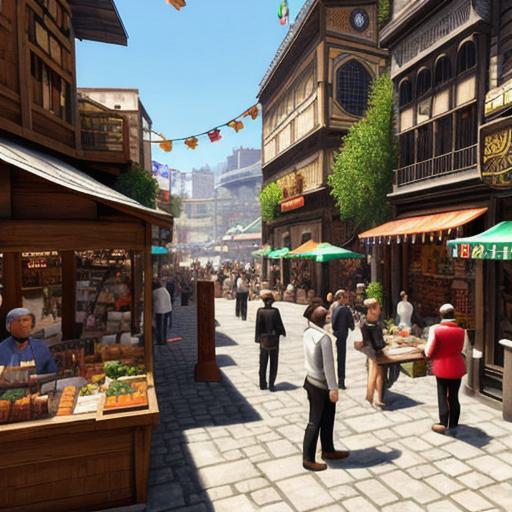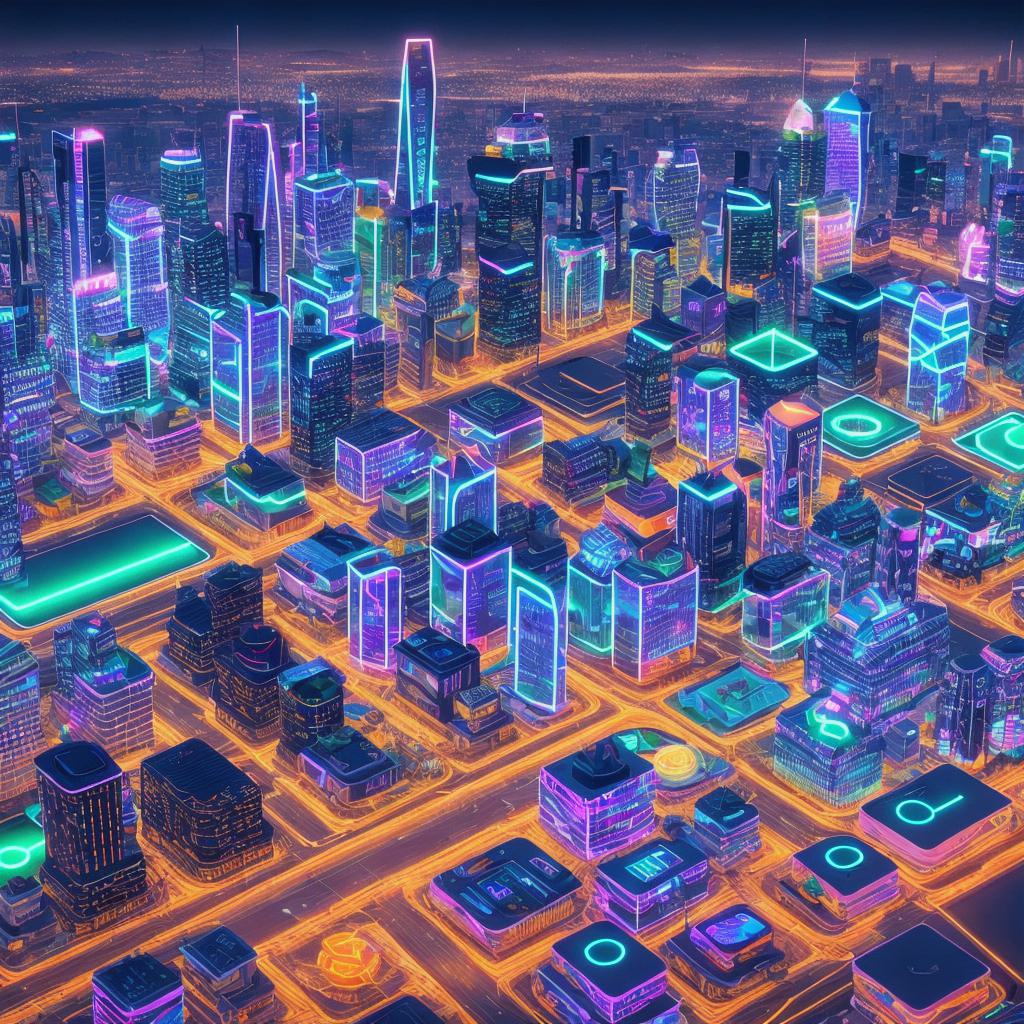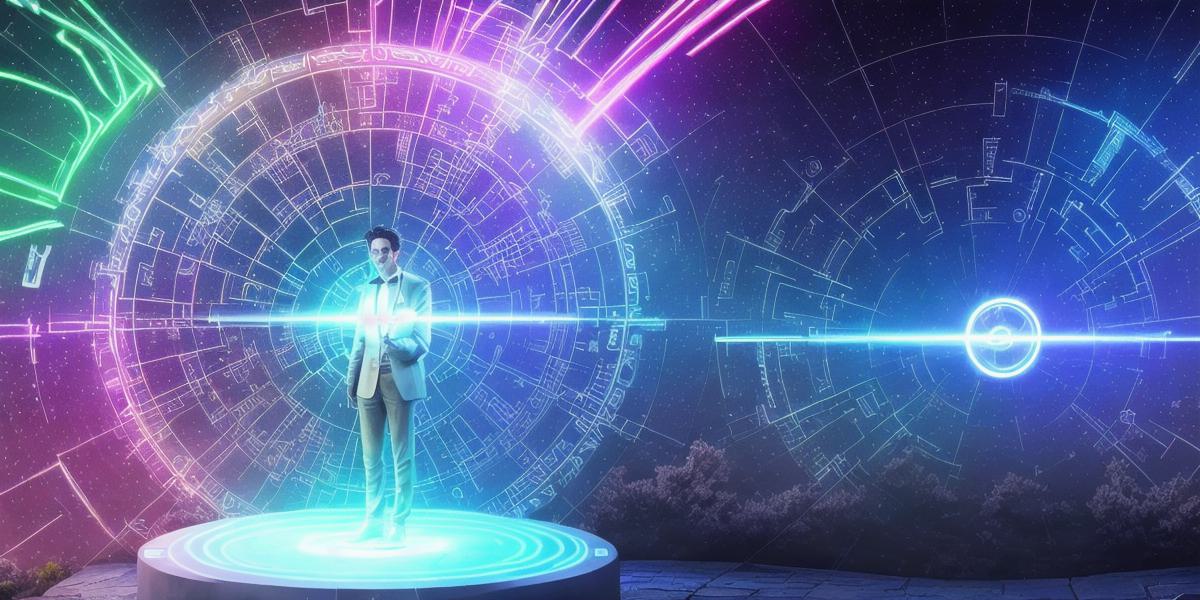Subtitle: From Sci-Fi Dreams to Modern Reality: The Evolution of Virtual Worlds
I.
What is the Metaverse?
The term "metaverse" was coined by science fiction author Neal Stephenson in his 1992 novel "Snow Crash." It refers to a collective virtual shared space, created by the convergence of virtually enhanced physical reality and physically persistent virtual reality. In simpler terms, it’s an interactive, immersive 3D digital world where users can interact with each other and objects in real-time.
II.
Early Precursors: Virtual Reality and Augmented Reality

Before the metaverse as we know it today, there were precursors such as virtual reality (VR) and augmented reality (AR). VR systems like the Sword of Damocles (1968), the Heads-Mounted Display (HMD) (1970s), and the Virtual Reality Modeling Language (VRML) (1994) laid the foundation for creating immersive, interactive 3D environments. Meanwhile, AR technology like Google Glass (2013) and Microsoft HoloLens (2016) allowed digital information to be overlaid onto the real world, blurring the line between physical and virtual.
III.
The Dawn of Virtual Worlds:
Second Life and Its Peers

The first wave of virtual worlds that came close to realizing the metaverse dream was pioneered by platforms such as Second Life (2003). These platforms offered users the ability to create their avatars, explore virtual spaces, and interact with others in real-time. Users could even buy land, build homes, or start businesses, making the virtual world an extension of their real lives.
IV.
The Metaverse Today:
Blockchain, Cryptocurrencies, and Beyond
The current iteration of the metaverse is being shaped by emerging technologies such as blockchain, cryptocurrencies, and decentralized platforms like Decentraland (2017) and The Sandbox (2011). These innovations enable users to buy, sell, and create content in a decentralized environment, fostering true ownership and control.
V. Summary: A Brave New World Awaits
The metaverse is no longer just the stuff of science fiction dreams. It’s evolving into an interconnected digital universe that promises to revolutionize how we learn, work, and play. As technology continues to advance, the possibilities for the metaverse are truly limitless – from virtual tourism to telepresence meetings, education and training simulations, to even virtual healthcare and therapy.
